The Quantum Quest - How Majorana, Topoconductors, and Quantum Computing Are Shaping Our Future. | (Thu 20 Feb 2025 20:37)
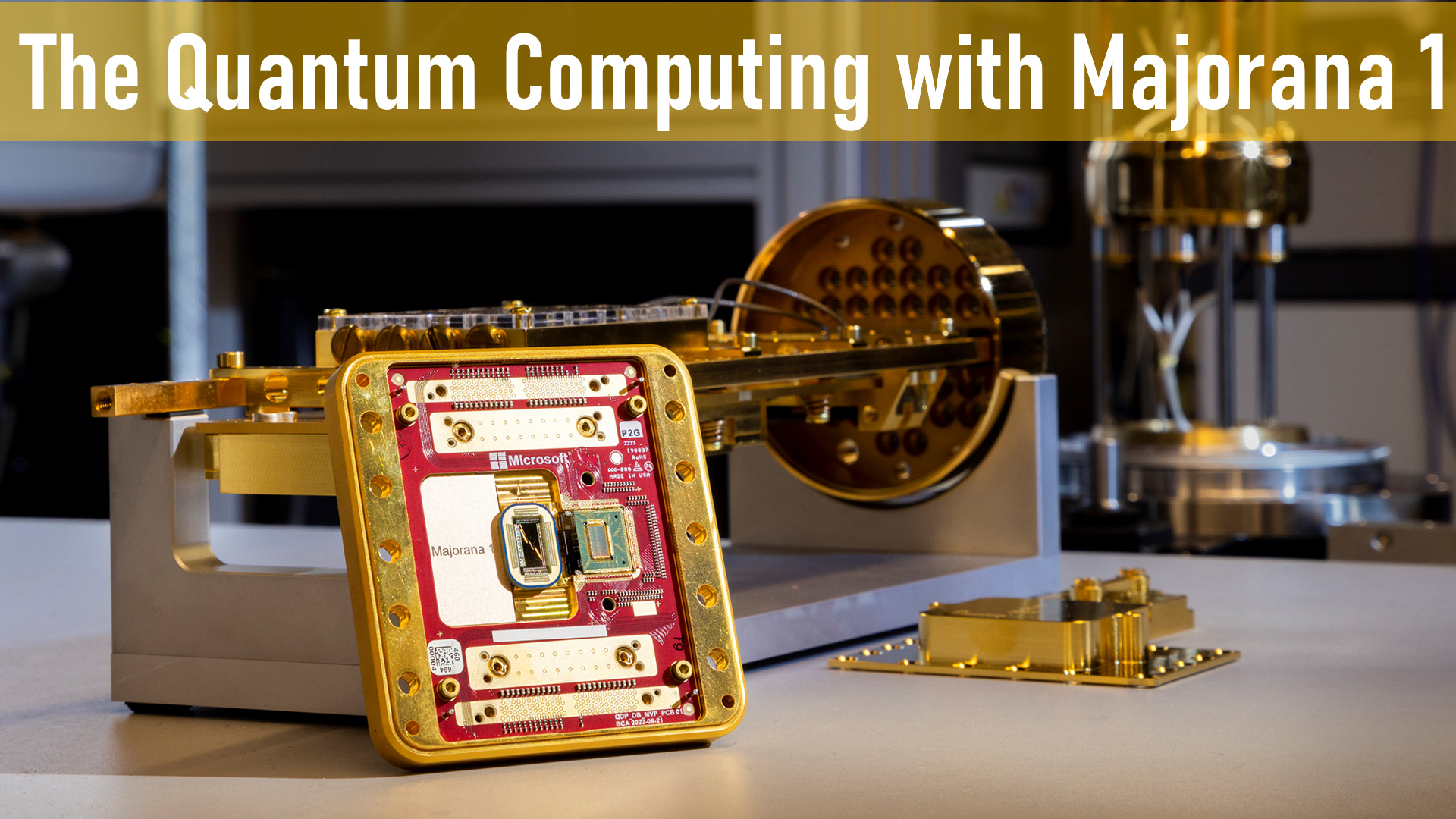
1. The Quantum Cafe: Where Reality Gets Weird
Imagine walking into a futuristic cafe where the menu defies logic. Instead of coffee or tea, you have options like Superposition Espresso (both hot and cold at the same time) and Entanglement Latte (two cups mysteriously linked, no matter how far apart they are). Welcome to the world of quantum physics—where the rules of classical computing don’t apply, and strange, mind-bending phenomena define how the smallest particles behave.
At a corner table sits a quiet scientist, scrolling through blueprints of something called "Majorana 1." You overhear her explaining to a colleague, "It’s Microsoft’s new quantum chip, and it’s powered by particles that technically shouldn’t even exist!"
You pause. Wait, what? Particles that shouldn’t exist? This sounds like the start of a sci-fi novel. But no, it’s real, and we’re on the verge of a technological revolution because of it. Let’s embark on this quantum quest, where classical computers struggle, and quantum machines promise to crack mysteries of the universe.
2. The Tale of Two Computers: Classical vs Quantum
Picture an old librarian named Mr. Bit, who has spent decades sorting books into two piles: Yes (1) and No (0). Every time he needs to answer a complex question, he checks every book, one by one, like an old-school detective flipping through an encyclopedia. This is how classical computers work—sequential, step-by-step problem solvers.
Now imagine his younger, eccentric apprentice, Qubit. Instead of reading books one by one, Qubit glances at all books at once, creating a probability map of answers. In a quantum world, data isn’t just 1 or 0—it can be both, thanks to superposition.
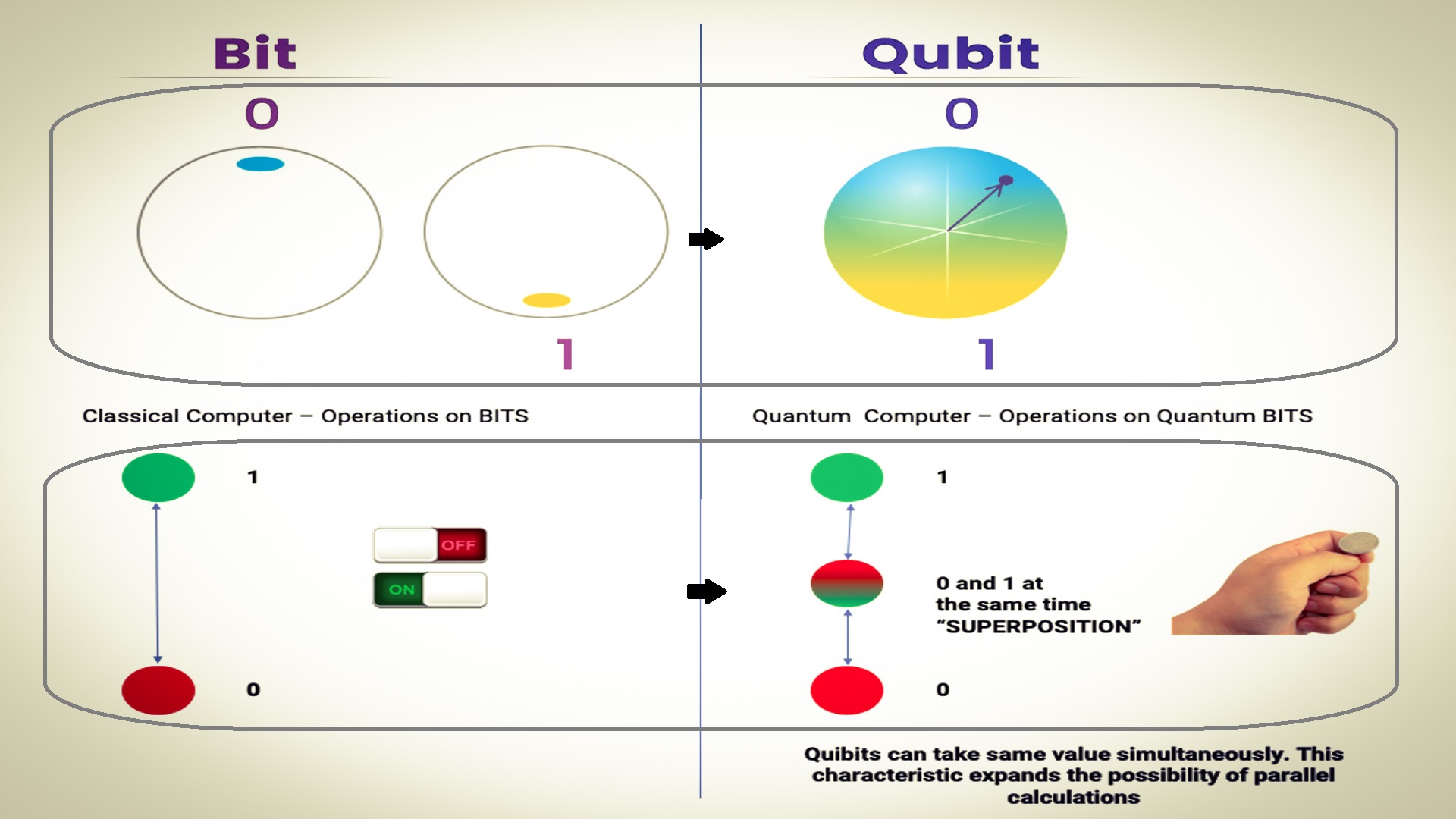
While supercomputers like Summit and Fugaku are like turbocharged Mr. Bits, they still operate within classical limits; and depend on logic gates such as AND, OR, XOR, and NOT gates to manipulate classical bits. Quantum computers, on the other hand, introduce a whole new game, using qubits that can exist in multiple states at once, vastly increasing computational power. They use quantum gates such as H-gate and Pauli gates that are designed to process qubits and are also reversible in nature. These quantum gates can be used to develop circuits and algorithms and solve problems that are otherwise impossible to solve. Majorana 1’s architecture features aluminum nanowires joined together to form an H. Each H has four controllable Majorana particles and makes one qubit, as per Microsoft documents. Google’s Sycamore and Microsoft’s Majorana 1 demonstrate quantum supremacy by solving problems that would take supercomputers millions of years.
Quantum Entanglement - Entangled qubits share quantum states, enabling instant information transfer, which is crucial for quantum networking and cryptography.
Quantum Gates - Quantum circuits utilize quantum gates (Pauli, Hadamard, Toffoli) to manipulate qubits, functioning fundamentally differently from classical logic gates.
But there’s a problem, "qubits are fragile". A tiny disturbance (like a cosmic sneeze) can cause them to collapse into a classical state. Scientists needed a more stable way to store quantum information. And now enters our hero, Majorana fermions.
3. The Ghost Particles: The Legend of Majorana Fermions
In the 1930s, an Italian physicist named Ettore Majorana proposed something strange—a type of particle that is its own antiparticle. Most particles have an opposite counterpart (like matter and antimatter), but Majorana fermions? They are the lone wolves of the quantum world, neither completely here nor gone.
Legend has it that Majorana himself mysteriously disappeared in 1938, never to be seen again—almost like his namesake particles. For decades, these fermions were thought to be purely theoretical, until recent breakthroughs suggested they could exist inside certain materials called topological superconductors.
Microsoft’s Majorana 1 chip is built upon this very idea. Instead of using conventional qubits (which are as jittery as a squirrel on caffeine), it uses topological qubits—a far more stable alternative. But to create these qubits, we need a new kind of material.
4. The Magic Metal: Enter the Topoconductor
Meet Topo, the friendly conductor of quantum information. Topo isn’t a person but a topoconductor—a fancy name for a material that supports the formation of Majorana fermions.
Instead of silicon (which classical computers rely on), topoconductors use indium arsenide (a semiconductor) combined with aluminum (a superconductor). When cooled near absolute zero, these materials allow the creation of stable Majorana zero modes, which make topological qubits possible.
Imagine a dance floor filled with tiny particles, moving chaotically. In classical computing, bits are like disciplined ballroom dancers—either left or right. In quantum computing, qubits are breakdancers—they can spin, flip, and moonwalk simultaneously. And with topoconductors? The dance floor itself stabilizes their wild moves, preventing them from tripping.
Microsoft’s Majorana 1 chip utilizes these principles, offering a path to a million-qubit machine—something no other company has yet achieved.
5. Quantum Supremacy and Real-World Applications
Have you ever dropped your phone and wished it could fix itself? Quantum computers could help design self-healing materials by simulating atomic structures with extreme precision.
Bridges and airplanes suffer from metal fatigue, leading to catastrophic failures over time. Classical computers struggle to model these interactions at a quantum level. Quantum computers, on the other hand, can simulate quantum chemistry accurately, helping engineers create materials that repair themselves.
Modern drug discovery is like throwing darts blindfolded. Scientists test thousands of chemical compounds, hoping one will work.
Quantum computing could simulate molecules at the quantum level, instantly identifying the best drug candidates. Want a cure for Alzheimer's? Quantum simulations could crack the folding patterns of proteins, paving the way for breakthroughs.
Plastic waste is one of the planet’s biggest problems. Quantum computers could help design catalysts that break down microplastics into harmless byproducts, making our oceans cleaner.
Satya Nadella, Microsoft’s CEO, envisions a future where quantum computing and AI work hand in hand. Add cloud computing and open source softwares to it. If you have AI plus quantum, maybe you’ll use quantum to generate synthetic data that then gets used to train better AI models. Imagine describing a material you want in plain English—"Make me a metal that’s strong, light, and heat-resistant"—and a quantum-AI system spits out the exact atomic recipe.
This is not sci-fi. It’s the next step in technological evolution.
6. The Elephant in the Room: The Problem of Errors
Quantum computers are powerful but error-prone. The environment constantly disturbs qubits, leading to computational mistakes. Google recently demonstrated quantum error correction, but the road ahead is still tough.
Microsoft’s Majorana qubits aim to solve this by being intrinsically error-resistant, reducing the need for costly corrections. If successful, this could be the key to large-scale, commercially viable quantum computing.
7. The Future: Where Are We Headed?
Majorana 1 is an eight-qubit chip, which may seem modest when compared to quantum chips developed by rivals such as Google’s Willow (106-qubit chip) and IBM’s R2 Heron (156-qubit chip). However, Microsoft announced that Majorana 1’s underlying Topological Core architecture allows for the quantum chip to be potentially scaled to a million qubits. Satya Nadella predicts quantum computing could go commercial between 2027-2029.
But challenges remain:
- Hardware Scaling – Getting from 8 qubits (Majorana 1) to a million is tough.
- Cost & Accessibility – Current quantum systems are expensive and require extreme cooling.
- Cybersecurity Risks – Quantum computers could break existing encryption, making cybersecurity a major concern.
- Global Policy and Ethical Considerations – Governments and regulatory bodies must address the risks of quantum computing, particularly in encryption and AI ethics.
Despite these hurdles, the quantum future is inevitable.
8. The Last Chapter: A Quantum Future Awaits
Imagine a day when your smartwatch contains a mini quantum processor, predicting your health risks in real time. Or a future where scientists design life-saving drugs in minutes instead of decades.
The world of quantum computing is no longer just theoretical—it’s unfolding before our eyes. The advent of Majorana 1, topoconductors, and stable qubits marks the dawn of a new technological era.
So next time someone asks, "What’s the future of computing?", you can confidently say: It’s quantum, and it’s coming faster than you think.
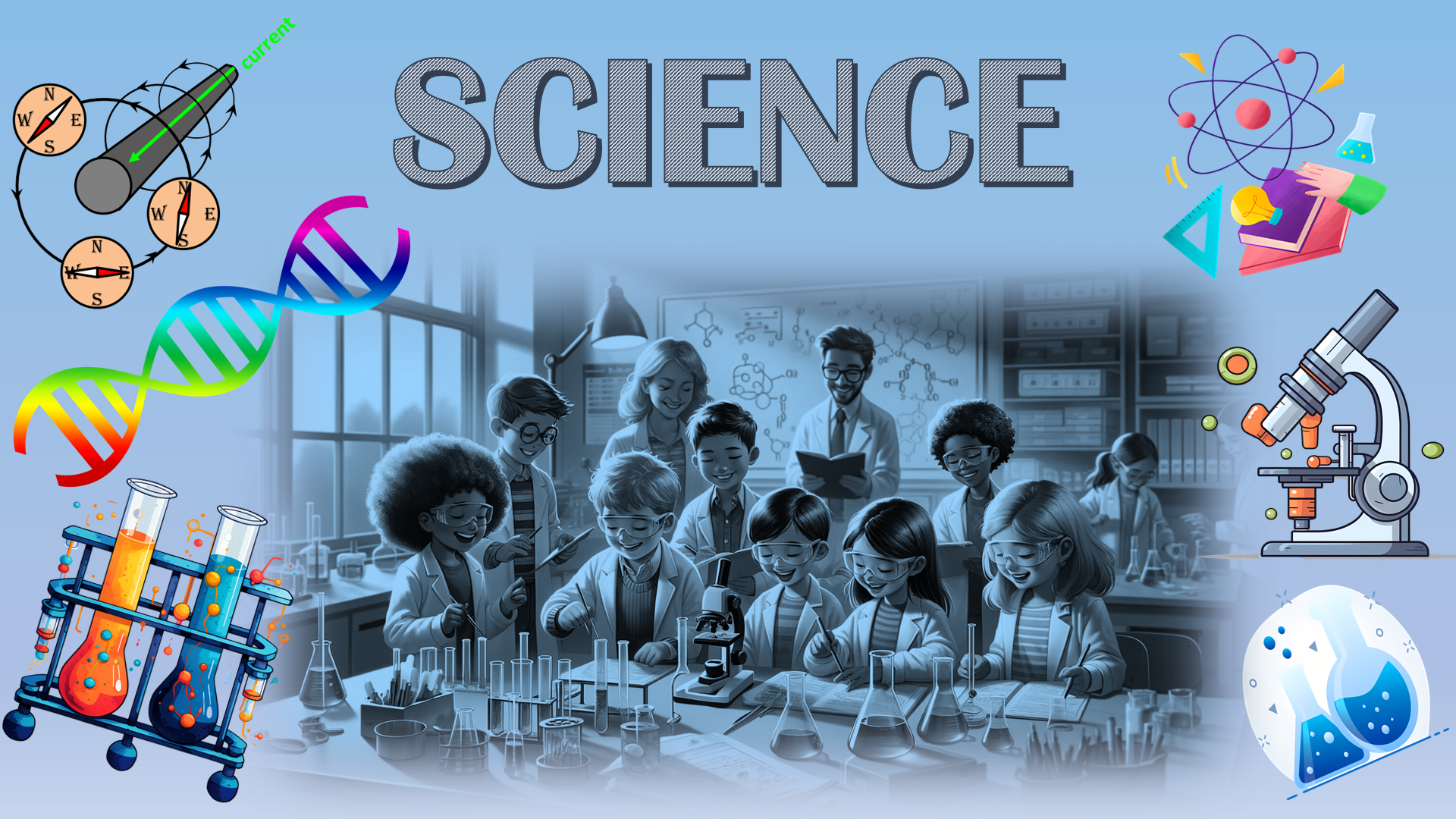
Physics, Chemistry, Biology and Geography.
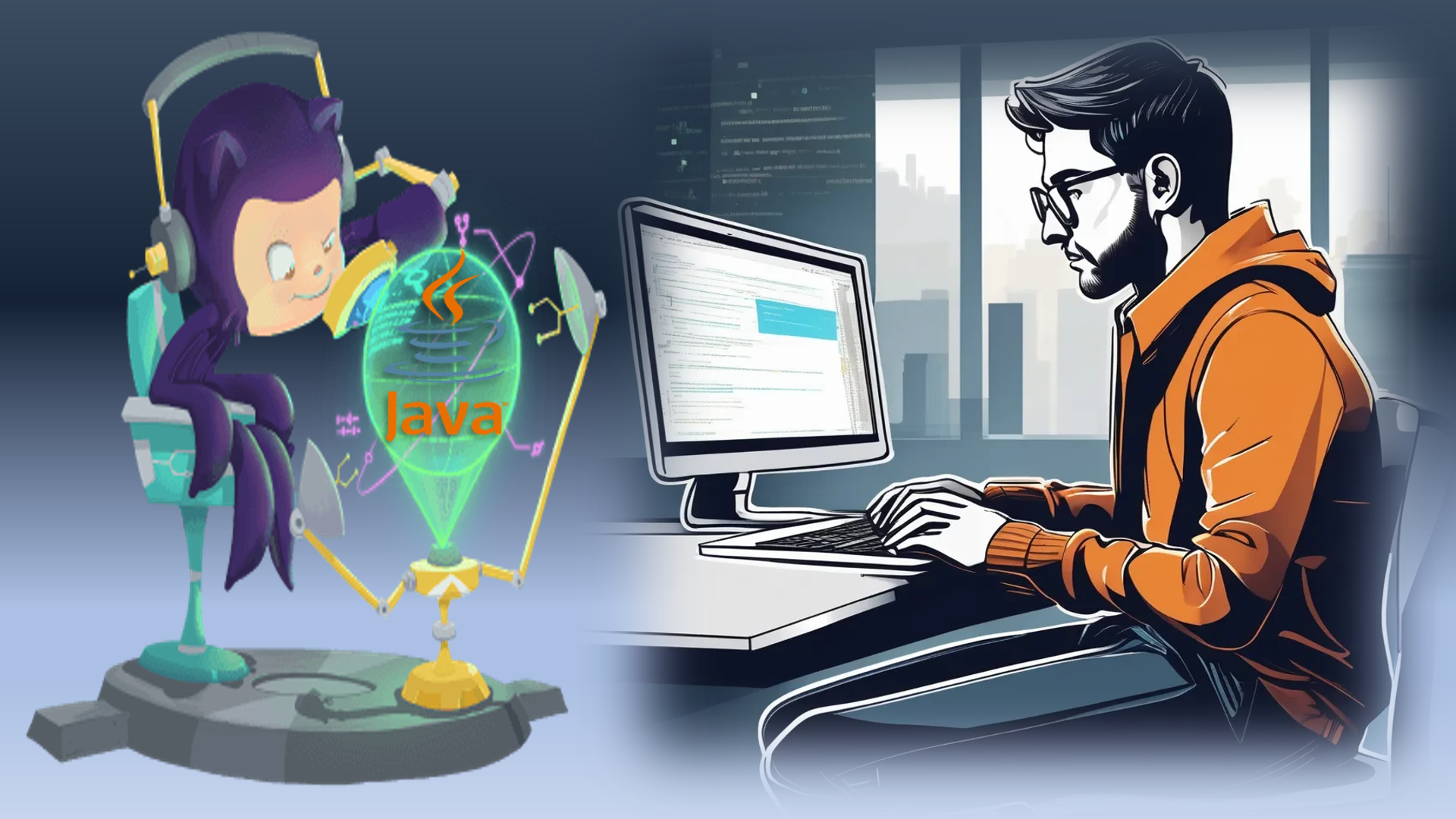
Computer Programming, languages & their frameworks.
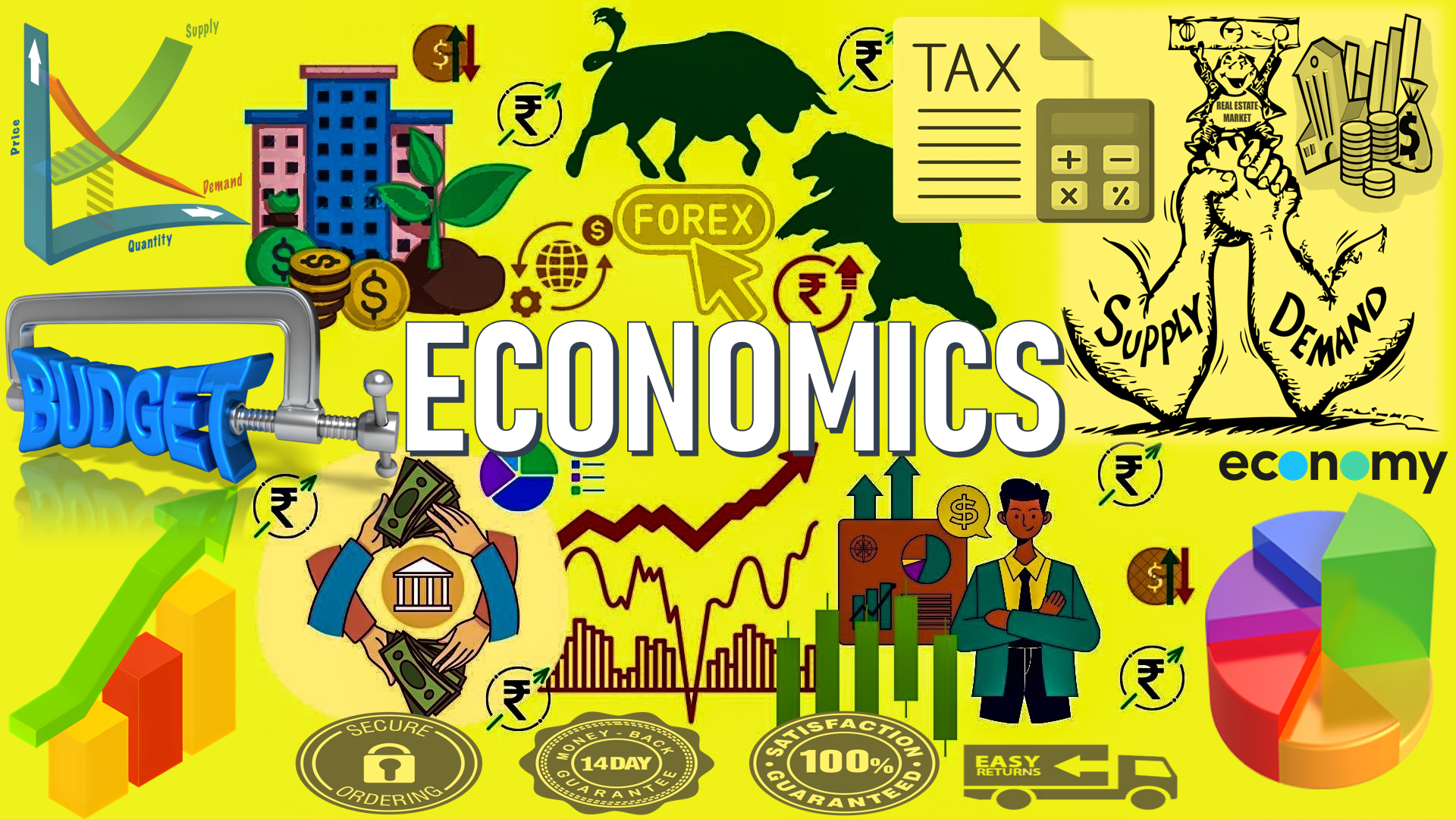
Economics, Accounts and Management.

Reviewing old and new books.
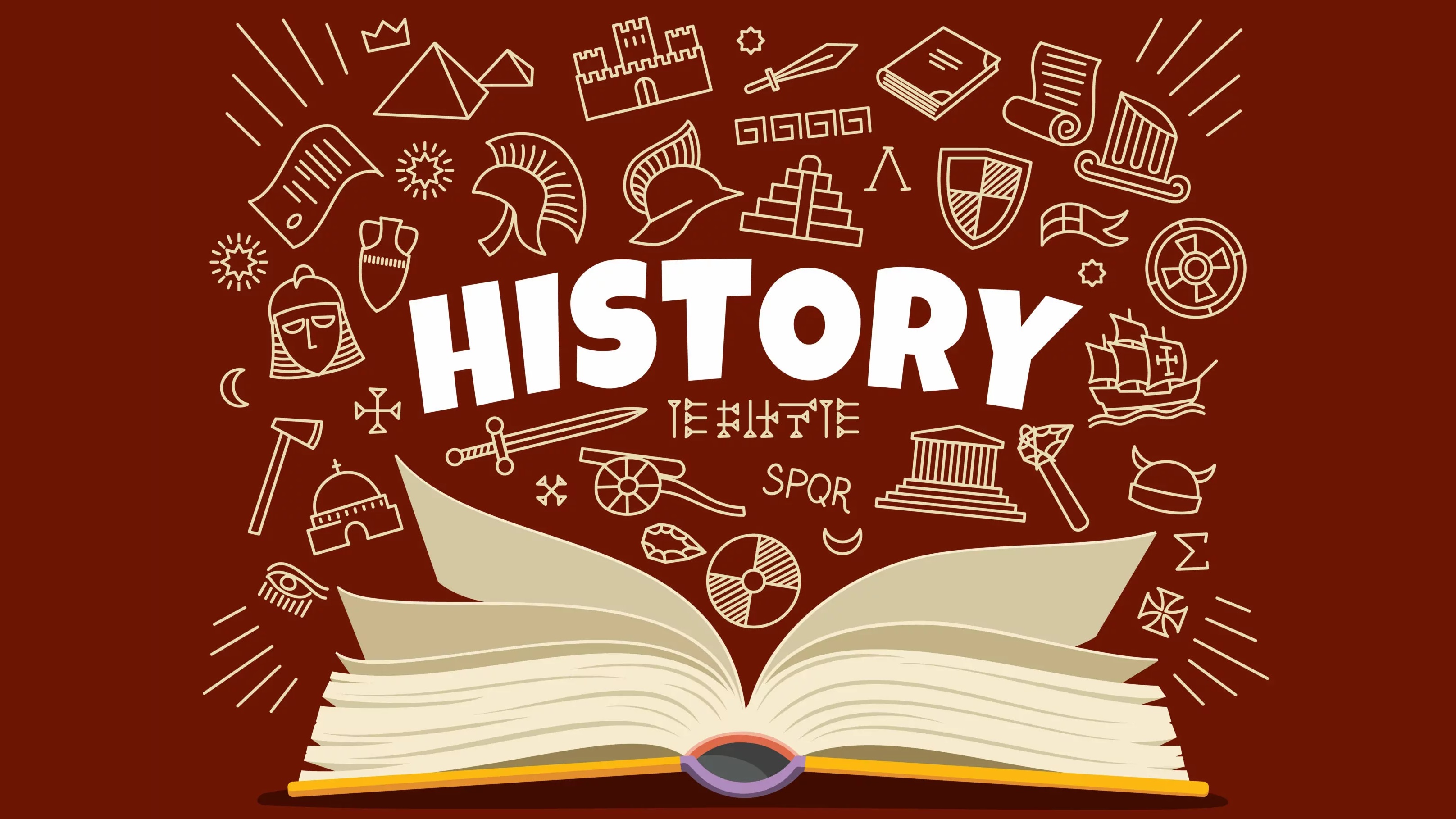
Ancient, Medieval, Modern, World History.

Indian Constitution, Politics, Policies, etc.
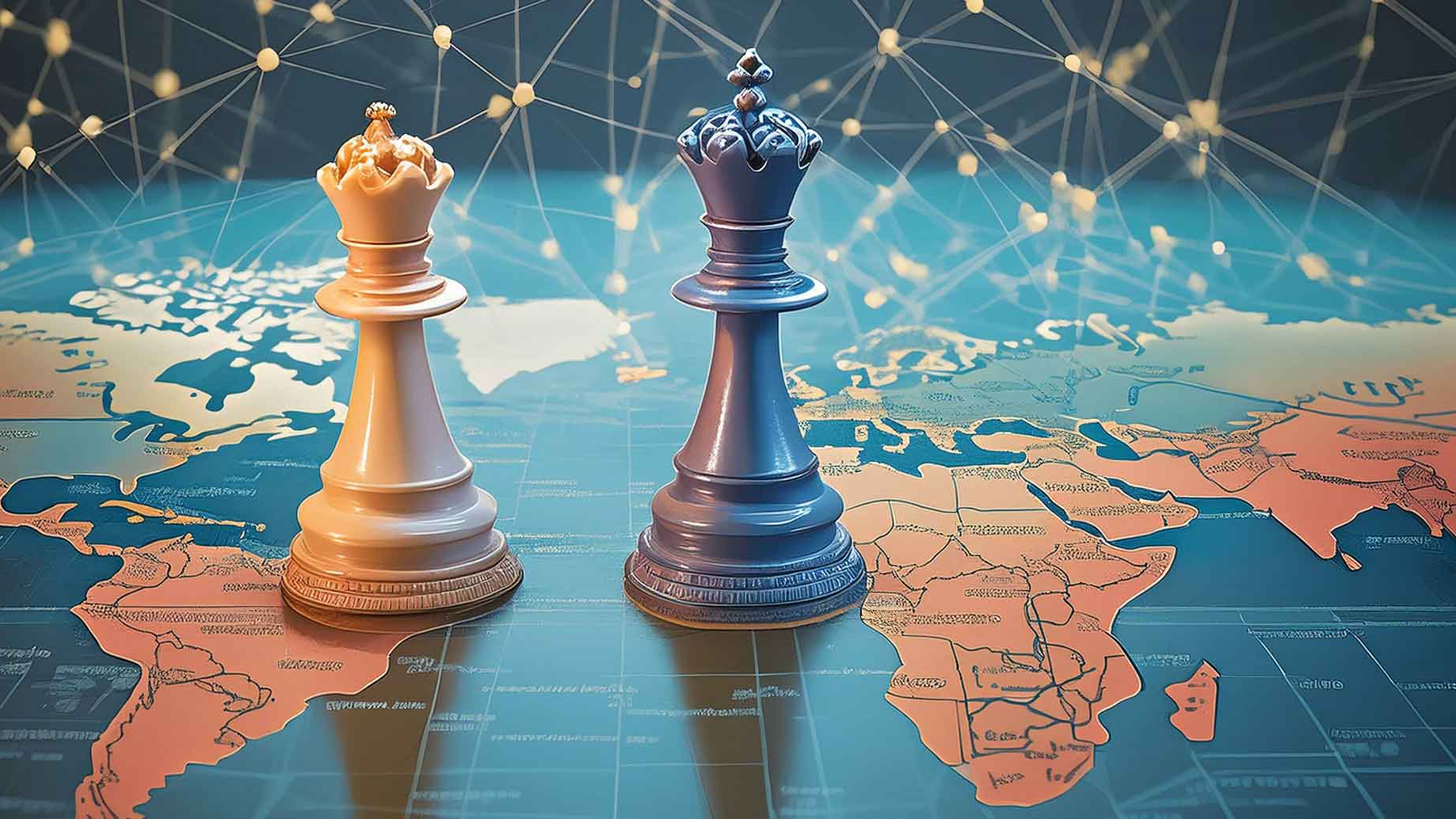
Everything related to International Affairs.

For all humanities topics, except History & Polity.

Anything related to entertainment industry.
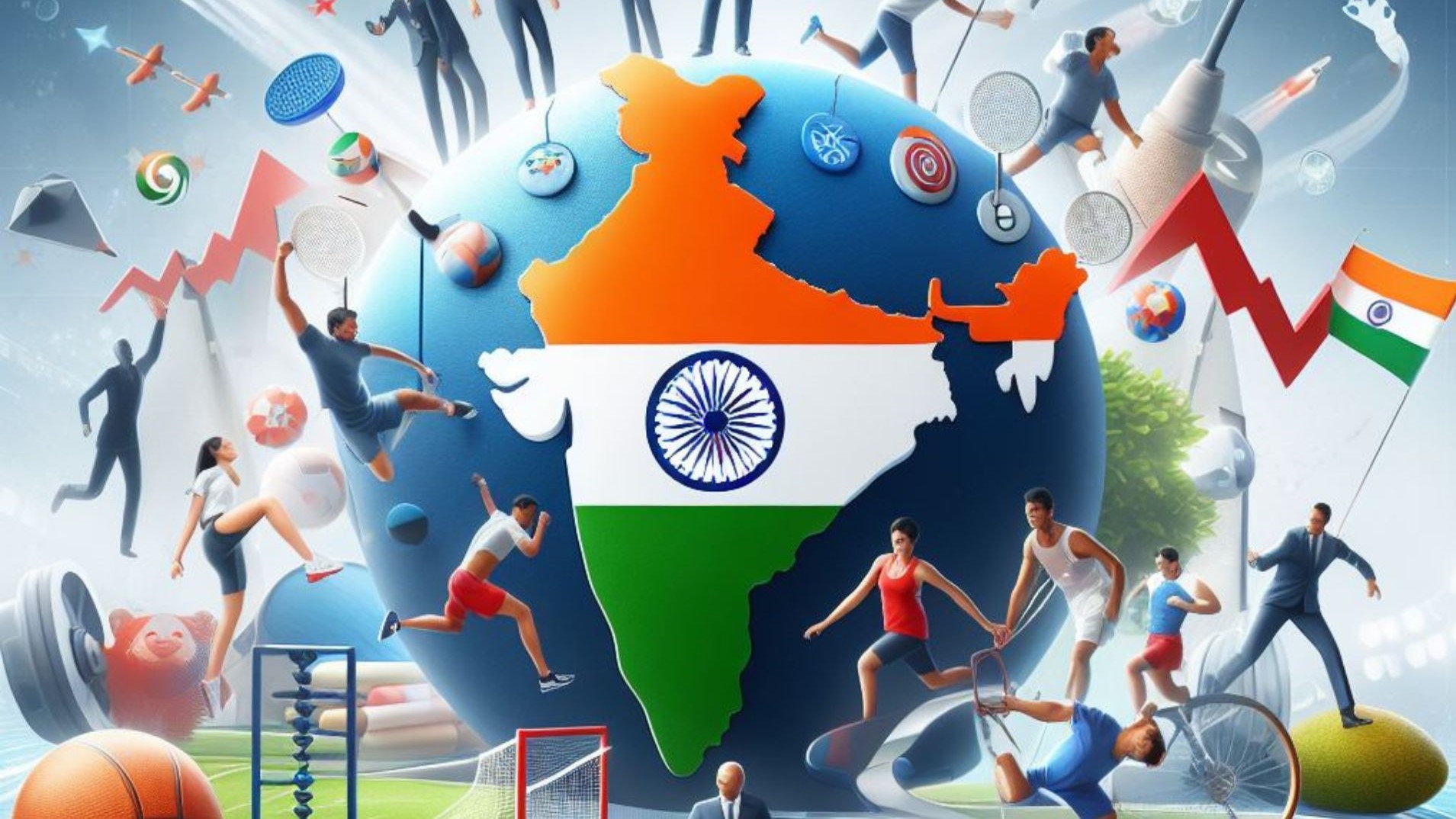
Mainly Cricket but other sports too.
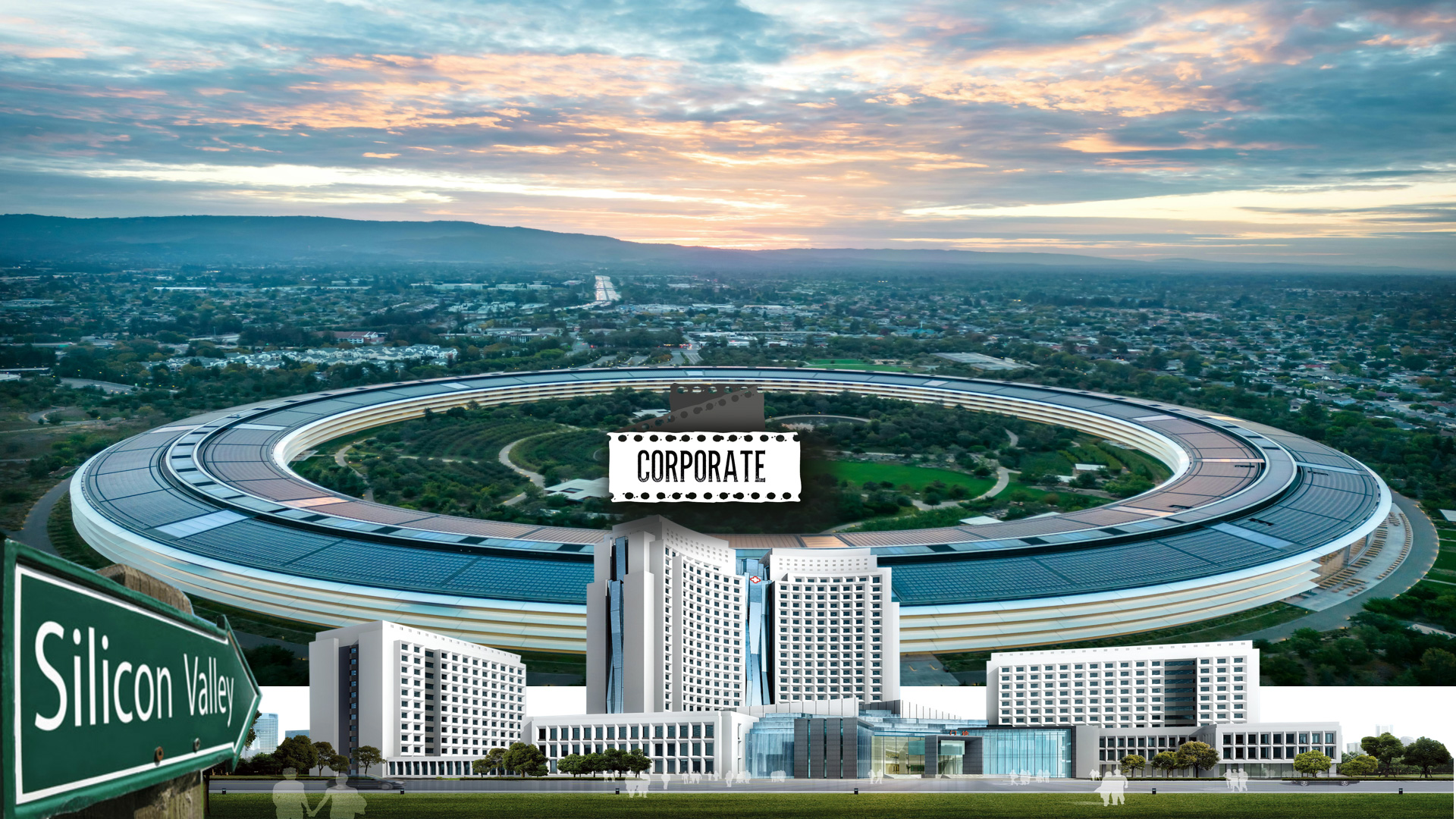
CS, IT, Services & Corporate Sector.
Comments
No comments yet. Be the first to comment!
Leave a Comment